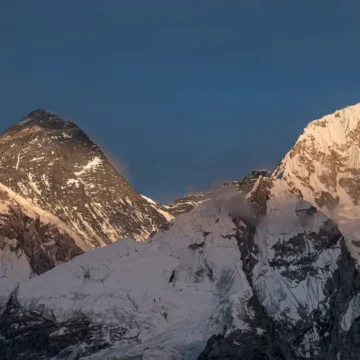
Speak With Respect: Language Tips for Trekkers in Nepal
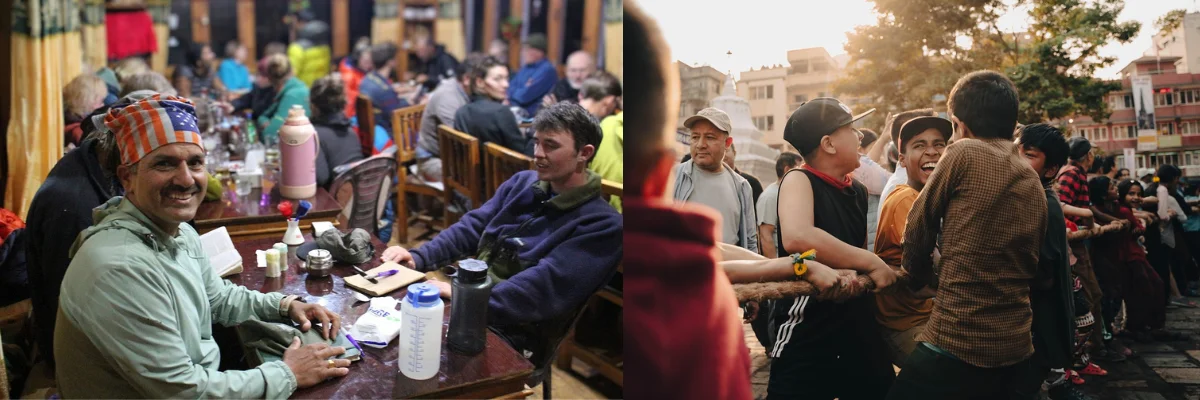
Table of Contents
Miscommunication through a language barrier is always an issue for trekkers. While trekking in Nepal, not knowing the Nepali language can make your experience a little harsh.
Learning even a few words, like greetings and gestures, can change the whole experience. In airports, restaurants, local shops, and streets and encounters with locals, Language and gestures are important.
Spending 5 minutes reading this article will make your experience positive. Providing you with tips and ideas on how to communicate using short phrases.
Why Language Matters on the Trek?
Nepal is a country where the most iconic trails attract nature enthusiasts and adventurists. The most iconic Everest Base Camp Trek and Annapurna Base Camp Trek attract trekkers from around the world.
Trekking in Nepal is like touring through paradise as there are very few risk factors, and full of natural beauty. Trails are safe, people are friendly, and rescue operations are carried out if accidents happen.
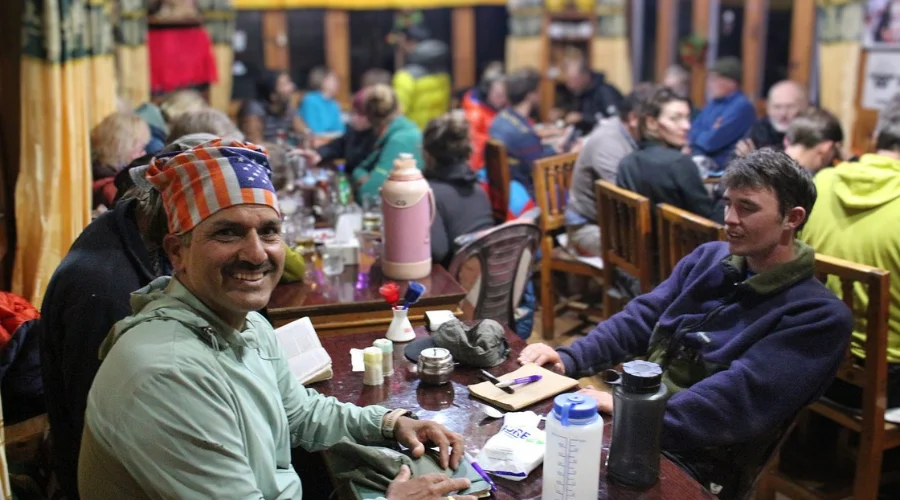
Despite all these conveniences, not knowing the Nepali language can put you in a confusing state and leave you clueless.
Language matters in trek because learning even a few phrases puts you in a position where locals think you are humble, builds instant connection, helps you feel the culture and makes your journey smoother.
How Many Languages are Spoken in Nepal?
Nepal is a multicultural, multi-religious and multilingual country where people live in harmony despite different languages and religions. People living across Nepal speak different languages and have different accents according to region.
There are 124 total languages that people living in Nepal speak. Nepali is the most spoken Language that is widely spoken and understood across Nepal. Maithali comes in second place, widely spoken in eastern Terai.
Bhojpuri is the third most spoken Language in Nepal, widely spoken in terai areas like bara, parsa, ratchet, Sarah, nawalparasi and Chitwan. Other major languages include Tharu, Tamang, Newar, Magar, Awadhi, and Rai, each with its own identity and community.
Despite the diversity, these languages coexist peacefully, creating a vibrant linguistic landscape. Language is more than a tool, it’s a reflection of Nepal’s living heritage.
Essential Nepali Phrases for Trekkers
Trekkers can learn a few greeting words and phrases. Learning these short greeting words and phrases will break the barrier and build connections, making locals comfortable to communicate with you.
| English | Nepali | Pronunciation |
| Hello/Greetings | Namaste | nah-mah-stay |
| How are you? | Tapailāī kasto cha? | tah-pai-la-ee kah-sto chha? |
| I’m fine | Malāī ṭhīk cha | mah-lai theek chha |
| Thank you | Dhanyabād | dhun-ya-baad |
| Yes / No | Ho / Hoina | ho / hoy-na |
| What is your name? | Tapāiko nām ke ho? | tah-pai-ko naam keh ho? |
| My name is… | Mero nām … ho | meh-ro naam … ho |
| Please | Kripaya | kri-pah-ya |
| Sorry/Excuse me | Maaph garnuhos | maaph gar-noo-hos |
| Delicious | Mitho cha | mee-tho chha |
| Let’s go! | Jaam! | jaam |
Goodnight in Nepali Language.
In the Nepali language, goodnight is called “Shubharatri”. It’s a sweet and polite way to wish for a peaceful and good sleep in Nepali.
I love You in Nepali Language.
“Ma Timilaai Maaya Garchhu” in Nepali means I Love You. It’s heartfelt and used for someone truly special in Nepali. You can say this to your Nepali girlfriend.
Welcome to the Nepali Language
“Swagatam or Swagat Chha” means welcome. It’s how Nepali people warmly greet guests or show kindness when someone arrives. You can also use this phrase to reply Thank you.
Beautiful in Nepali language
“Sundar” means beautiful. It’s used for people, nature, places, or anything that looks or feels lovely or gorgeous in Nepali.
Sister in Nepali language
“Didi” for someone who looks older than you, “Bahini” for younger one. Nepali uses age-based words to show respect and closeness in the family.
“What are you doing?” in Nepali language
“Timi ke gardai chhau?” is how you ask, “What are you doing?” in Nepali. Casual, curious, and used in daily talk.
Etiquette: How You Say It Matters
Where logic doesn’t, emotions speak. In Nepal, people can feel the warmth of your voice and your inner humbleness. Here’s how to show respect through your words and tone:
Use Honorifics and Politeness
Always address elders, guides or locals with “Tapai”, which means (formal you) instead of “Timi”, which means (Informal you). Adding “Kripaya” (please) and “Dhanyabaad” (thank you) shows good manners and earns respect.
Smile First, Speak Second
A genuine smile sets a friendly tone. Nepalis value warmth and humility. Smiling before speaking builds trust and eases interaction, even if your Nepali isn’t perfect.
Don’t Shout or Use Sarcasm
Loud voices can seem aggressive or disrespectful in Nepali culture. Speak softly and kindly, even when frustrated. Sarcasm or joking insults often don’t translate well and may come off as rude or confusing.
Match Your Body Language
Keep your posture open and relaxed. Avoid pointing fingers or putting hands on hips when talking because it may seem disrespectful.
Learn a Few Words
Trying basic phrases like “Namaste” and “Sanchai hunuhunchha?” (Are you well?) shows effort and earns appreciation, even if your accent isn’t perfect.
Region Specific Insights
Different region have slightly different style of greetings, customs and practices even within Nepalk. If your trekking trail is in remote regions of Nepal like Everest region.
Everest Region (Khumbu)
- Locals mainly speak Sherpa and Nepali languages.
- “Tashi Delek” is the standard Sherpa greeting here.
- Respect for monasteries and prayer flags is essential.
- Walk clockwise around chortens and mani walls.
- Be polite in lodges; silence is valued in the evenings.
Annapurna Region
- Gurung and Magar cultures are common in this region.
- “Namaste or Jhorley” is widely used in every village.
- Locals appreciate small greetings in Nepali.
- Do not enter kitchens without permission.
- Remove shoes before entering local homes or temples.
- Ask before taking photos of people or shrines.
Manaslu/Tsum Valley
- Tibetan Buddhist culture shapes daily life here.
- Respect spiritual sites and ancient monasteries deeply.
- Use both “Namaste” and “Tashi Delek” when greeting.
- Speaking softly is considered polite in villages. .
- Do not touch sacred objects or offerings.
Upper Dolpo
- Locals follow ancient Bon and Tibetan Buddhist traditions.
- Language includes Dolpali and Tibetan dialects.
- Greet elders with hands together and a slight bow saying “Namaste”.
- Bon shrines are sacred; avoid loud voices near them.
- Stay quiet inside monasteries and caves.
- Local customs may be stricter so pay attention to guide’s advice.
What Not to Say or Do?
Avoid swearing, shouting or sounding angry, even casually, because locals can sense the rudeness. It can offend locals and seem disrespectful.
In Nepal, all the religion coexists harmoniously, and religion is deeply respected. Never Joke about Buddhism, monks, saints, temples, churches, and mosques. Even as sarcasm because it cannot be understood the way you think.
Don’t point fingers at cremation sites (especially if you are visiting Pashupatinath temple in Kathmandu), temples, shrines, saints or monks. Instead, use the whole hand or nod.

Always ask for permission before entering homes or monasteries. Remove shoes before stepping inside homes or religious places.
Avoid stepping over because stepping over food, people or belongings is considered very disrespectful.
Avoid wearing clothes that are too revealing. Wear modest clothes, especially around elders, temples, or sacred spaces.
Where and when to learn to learn Nepali Language? How do Guides help with Language?
You can start learning local phrases before your trek begins. Most trekkers learn basic words like “Namaste” and “Dhanyabad” during their first days in Nepal. Tea houses, shops, and village stops offer real chances to practice them. Trekking guides play a big role in this learning process.
Guides speak both English and Nepali. They teach you greetings, common questions, and polite replies. They explain when and how to use words in the right setting.
This helps avoid mistakes that may seem rude to locals. Guides also translate for you during talks with villagers. This makes interactions smoother and more meaningful.
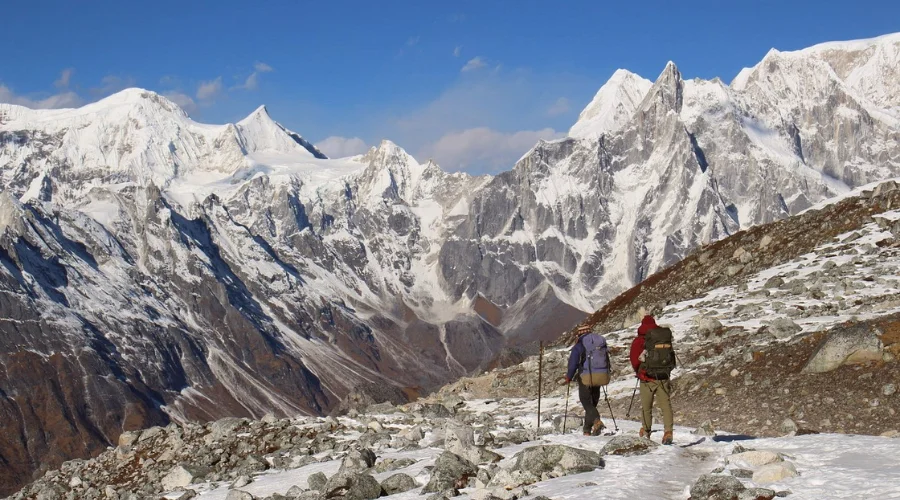
During the trek, guides point out local signs and prayers. They explain what words on mani stones or chortens mean. They often repeat useful phrases until you feel confident using them.
In remote places, guides also help with emergency talks when no one speaks English. So, the role of a guide is very crucial. They not only help you navigate the trail but also help you enhance your experience and be your buddy throughout the trek.
You don’t need to know much Nepali. But with a guide’s help, a few words go far. They help you connect, stay safe, and enjoy your journey more.
Nepali Language Classes
Learning Nepali Language is easy once you make up your mind. For the one-to-one classes, you can contact the following language teaching institutes.
- Namaste Nepali Language Institute in Thamel, Kathmandu
- Language hub in Thamel (Chhaya Center, 3rd floor, 3A)
FAQs
How Old is Nepali Language?
Modern Nepali language is believed to have originated from the Sinja Valley( Karnali Province) during the 10th to 14th centuries.
How languages shift with altitude?
Even in Nepal Languages shift according to altitudes based on community. In higher altitudes, Sherpa, Magar, Gurung and Tamang communities reside so they have different language.
How long does it take to learn Nepali Language?
You can learn basic Nepali within 5 – 6 months but for fluency and clarity you might need 2 years and more depending on your consistency.
How to impress a girl in Nepali language?
Most Nepali girls are very tradition and prefer gentle approach. Just greet them with “Namaste”, don’t force anything and be yourself.
How to say goodbye in Nepali?
To say goodbye in Nepali, you can say “Pheri Bhetaula” or “Albida” with a smile.
Want to know more?
Speak to an Expert


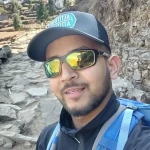


Sandip Dhungana
Nepal 🇳🇵
Whatsapp: +977-9823636377

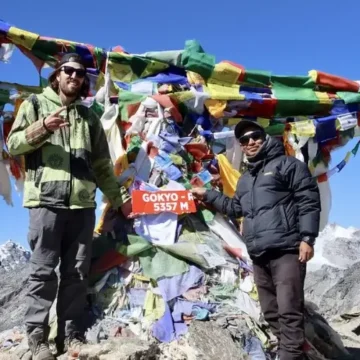
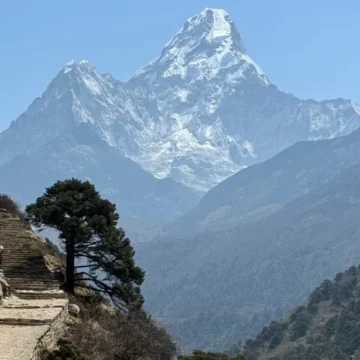
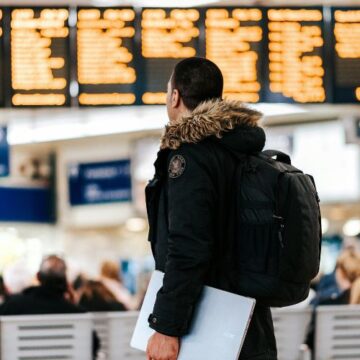
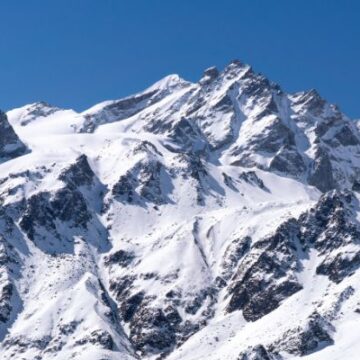
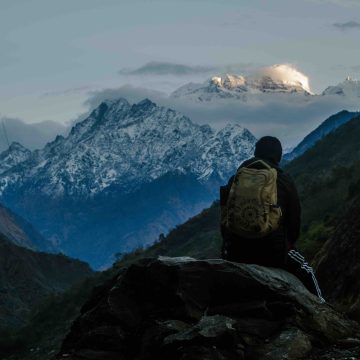
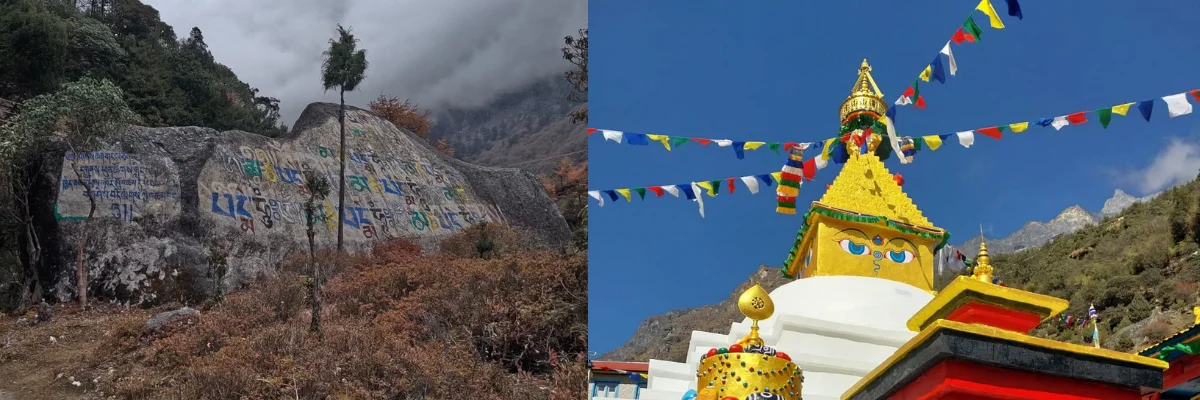
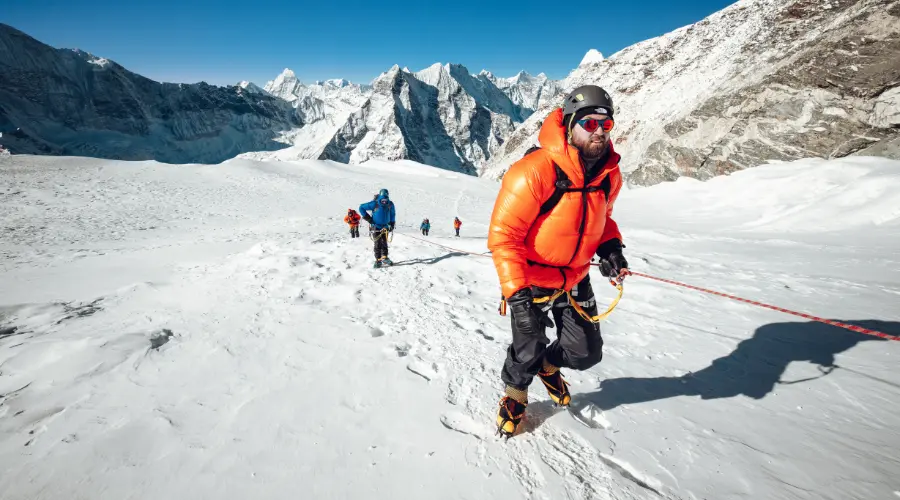

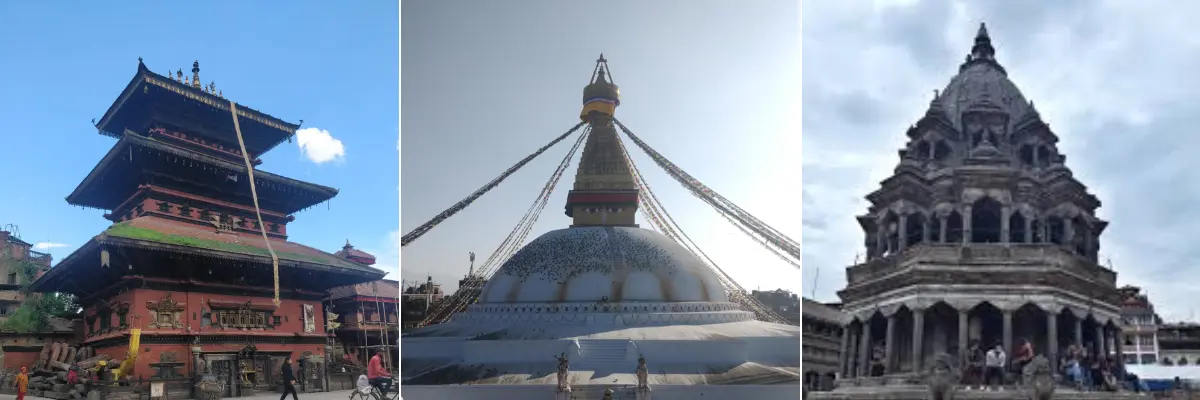
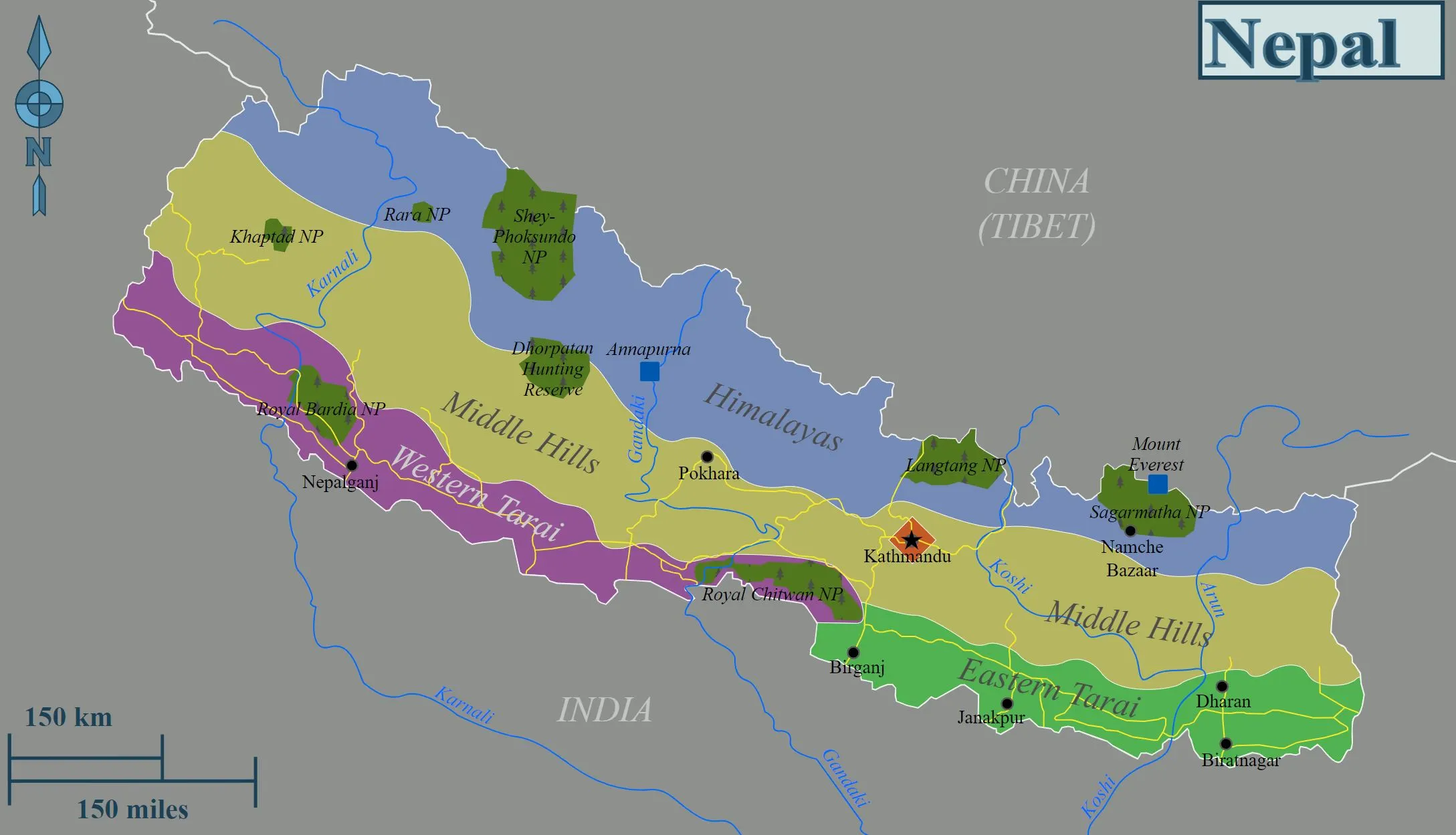
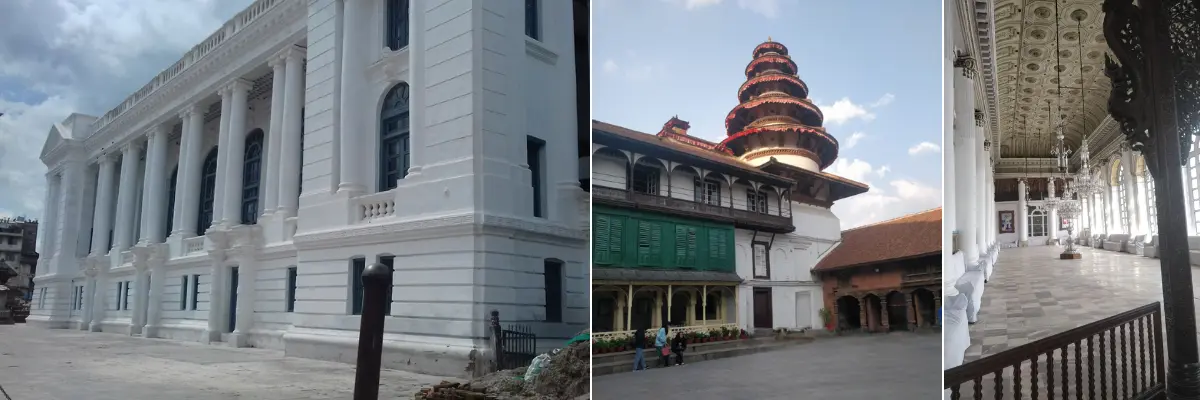
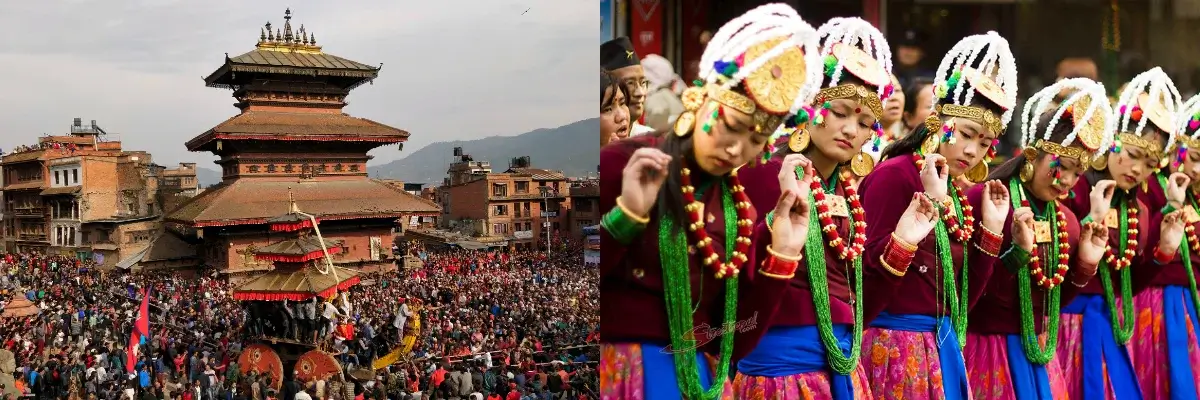
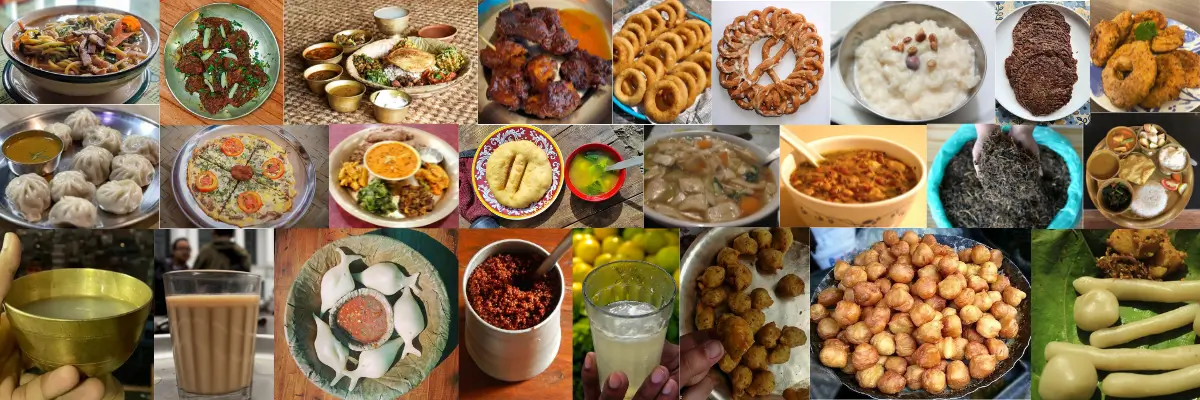









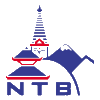
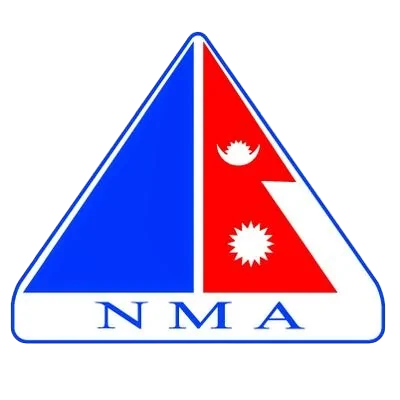

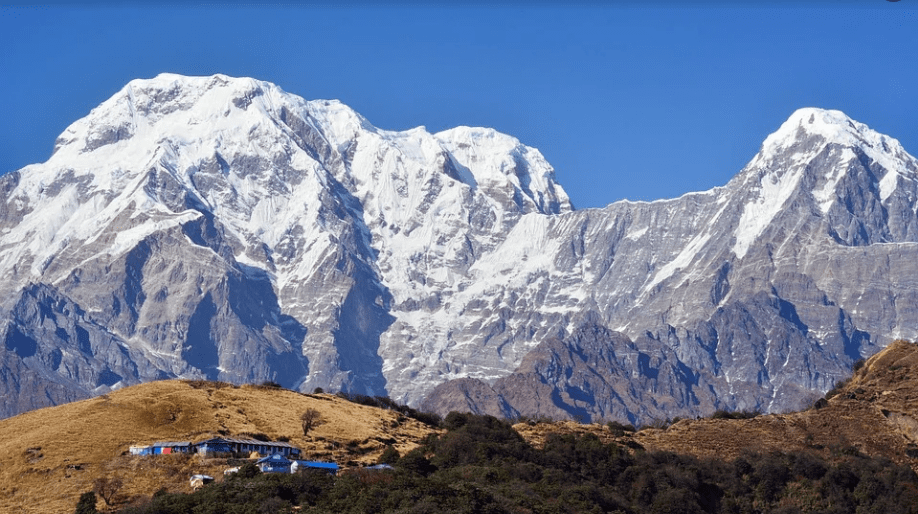
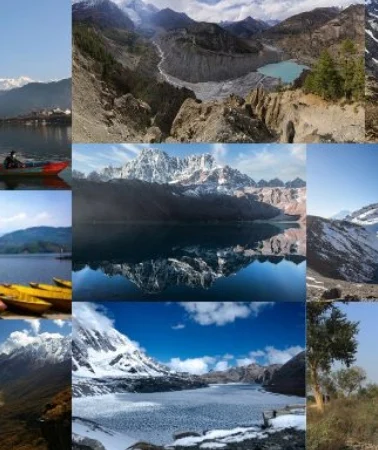
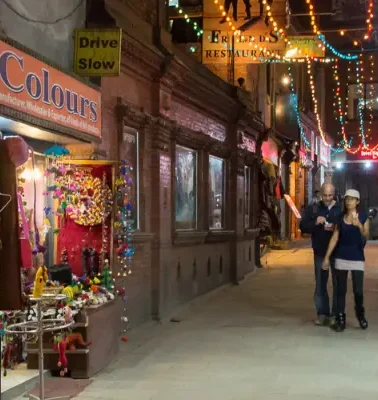
Leave Your Comment